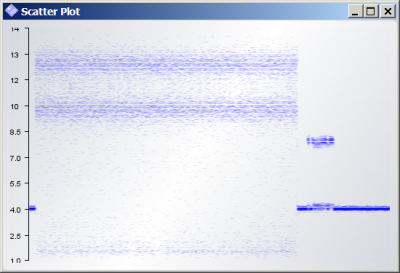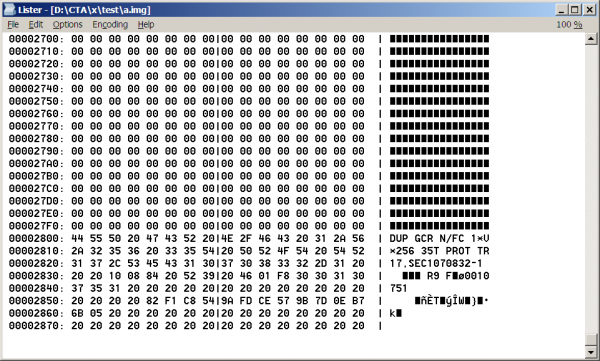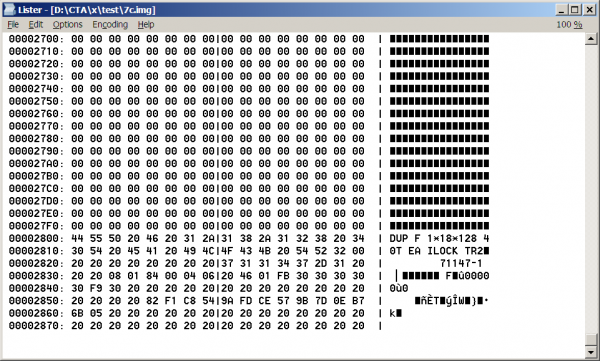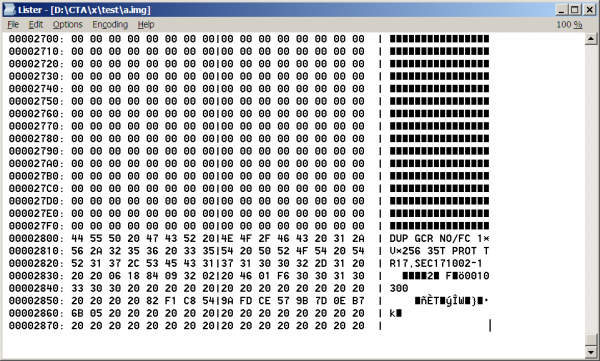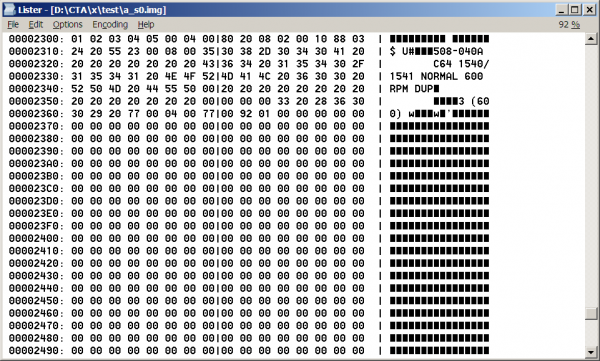Duplicator Info (DI)
2011-09-03
With C64 support around the corner, people are actually wondering why titles should be redumped, with several other projects already dumping C64 disks.
Commercial games were usually copied at replicators that used many automated machines for high volume output. Such machines were produced by several companies with Trace Products (today: Trace Digital) being the largest with an estimated 80% market share.
Since Trace was established in 1983, it’s no surprise that even early titles for the C64 and others were, contrary to popular belief, replicated on professional equipment. This means that many disks were not created on a 1541, but instead on highly specialised equipment that could write flippy disks in one pass. It was also very common to replicate disks at double speed with the drives running at 600 RPM. Wouldn’t it be great to access this information as well and use it for proper preservation instead of guessing and disassembling to find out?!
Proof’s actually out there, present on nearly every disk duplicated. Still, very few people have ever seen such information, because it is - by design - unreadable on the target system. As this information is of no use to the consumer (worst case: contains information on where the copy protection is placed) it is obfuscated by chosing a different encoding scheme that will look like noise and can only be read with a specialised controller (KryoFlux, anyone?). To disguise it even more, such information can be placed in the middle of an otherwise unformatted track where it will be invisible to standard controllers. This information will get lost and can’t be accessed when using e.g. a 1541 to dump a disk.
![[logo]](/lib/tpl/sps/layout/header-logo.png)
![[motto]](/lib/tpl/sps/layout/header-motto.png)

